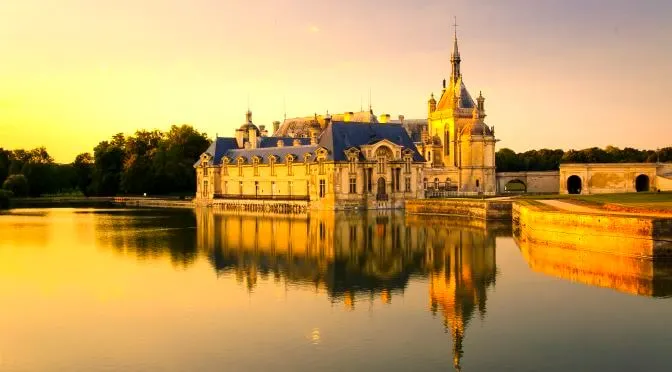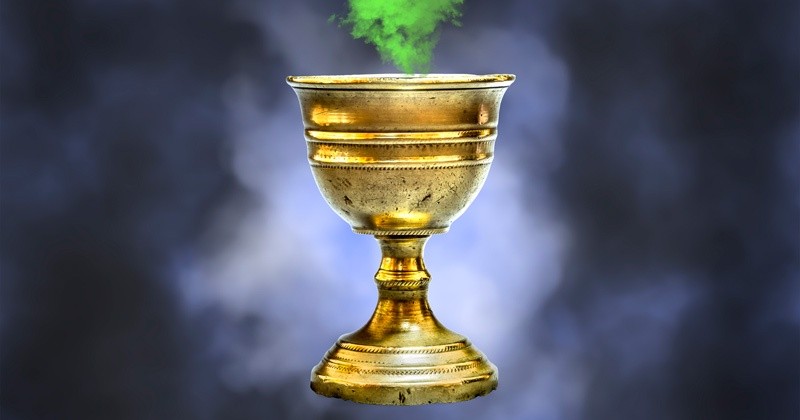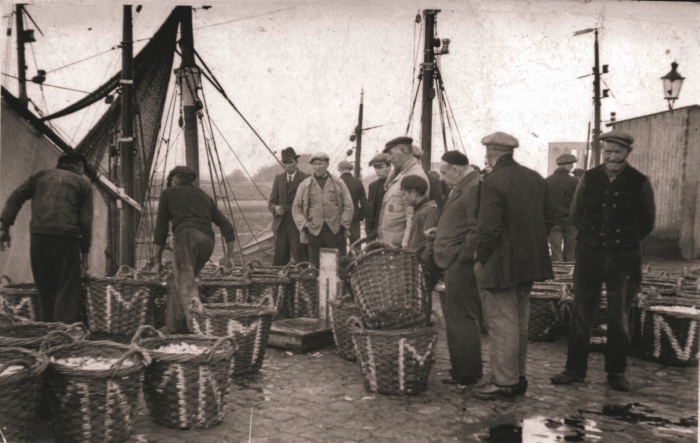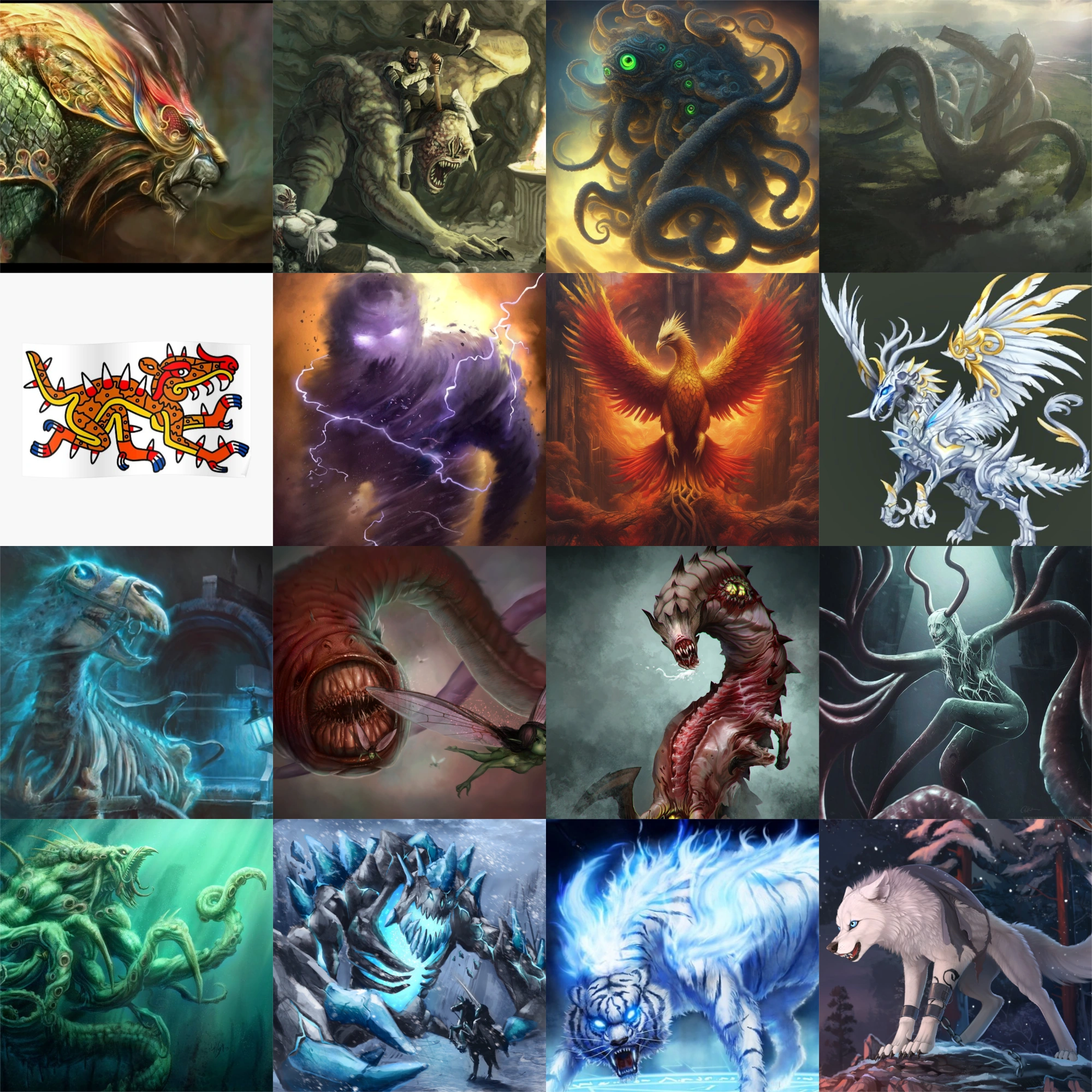nightglow.info – Hovedstaden, or the Capital Region of Denmark, is a dynamic and diverse region that encapsulates the very essence of Denmark. As the country’s political, economic, and cultural hub, it boasts a rich history, stunning architecture, world-class museums, and a thriving arts scene.
Copenhagen: The Crown Jewel of Scandinavia
At the heart of Hovedstaden lies Copenhagen, a city that seamlessly blends old-world charm with modern sophistication. Its picturesque canals, historic buildings, and vibrant neighborhoods create an unforgettable atmosphere.
- Nyhavn: This colorful harbor is a popular tourist destination, lined with brightly painted 17th-century townhouses and bustling with boats and cafes.
- Amalienborg Palace: The winter residence of the Danish royal family, this elegant palace complex is a sight to behold.
- Tivoli Gardens: One of the world’s oldest amusement parks, Tivoli offers thrilling rides, beautiful gardens, and enchanting entertainment.
- Rosenborg Castle: This Renaissance castle houses the Danish Crown Jewels and offers a glimpse into the history of the Danish monarchy.
Beyond Copenhagen: Exploring the Region
While Copenhagen is undoubtedly the star attraction, Hovedstaden has much more to offer. The region is home to several charming towns and villages, each with its own unique character.
- Helsingør: Known for its historic Kronborg Castle, the inspiration for Shakespeare’s “Hamlet.”
- Roskilde: A historic city with a beautiful cathedral and Viking Ship Museum.
- Frederiksborg Castle: A magnificent Renaissance castle surrounded by stunning gardens.
- Bornholm: A picturesque island in the Baltic Sea, known for its stunning beaches, charming villages, and unique rock formations.
A Hub of Innovation and Sustainability
Hovedstaden is not only a cultural and historical gem but also a thriving center for innovation and sustainability. The region is home to world-renowned universities, research institutions, and cutting-edge technology companies. Copenhagen is particularly known for its commitment to sustainable urban development and green initiatives.
A Culinary Delight
Danish cuisine is renowned for its simplicity and emphasis on fresh, high-quality ingredients. Hovedstaden offers a diverse culinary scene, from Michelin-starred restaurants to cozy local eateries. Be sure to try traditional Danish dishes like smørrebrød (open-faced sandwiches), rødgrød med fløde (red berry porridge with cream), and wienerbrød (Danish pastries).
A Warm Welcome
The people of Hovedstaden are known for their friendliness and hospitality. Whether you’re exploring the city’s historic sights, indulging in its culinary delights, or simply enjoying a leisurely stroll, you’ll be sure to experience the warmth and charm of Danish culture.




